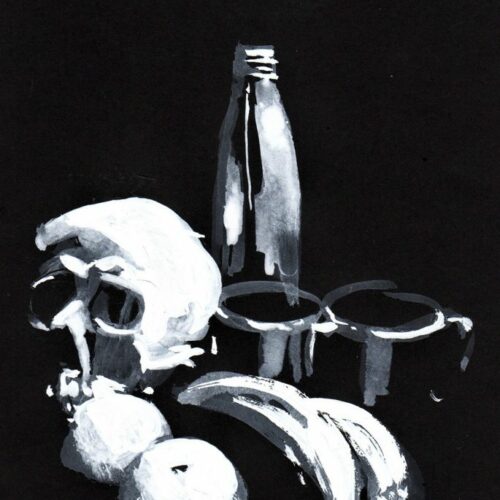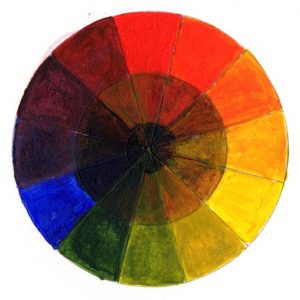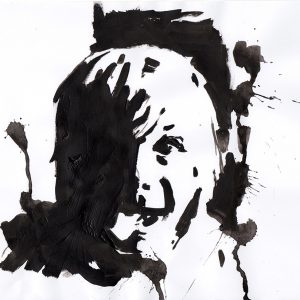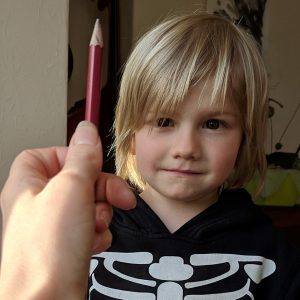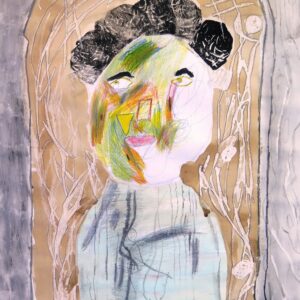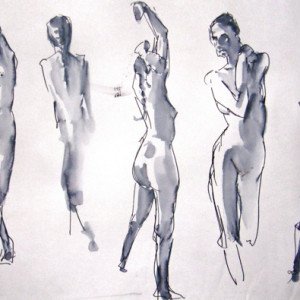Artist Melissa Pierce Murray led a series of workshops for AccessArt’s Experimental Drawing Class in which the teenagers modelled a head in clay. There are four resources in this series, beginning with constructing an armature and making preparatory drawings, then studying the bone structure of the skull before moving on to features.
The work was done over 8 sessions of 75 minutes each, but could be adapted to two or three longer sessions. The workshops took place at over a term at Cambridge ArtWorks.
Part One – Armature
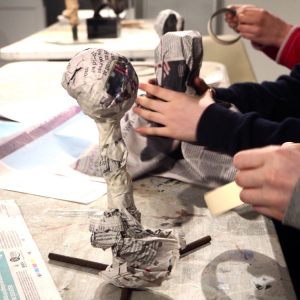 Teenagers construct simple armatures out of cardboard and build a form for their clay heads out of paper and clay. Read More
Teenagers construct simple armatures out of cardboard and build a form for their clay heads out of paper and clay. Read More
Part Two – Preparations
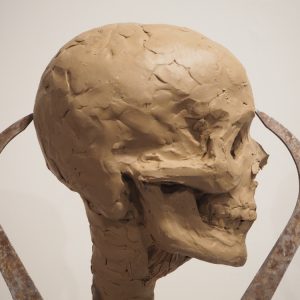 This post looks at two preparations for making a clay head: drawing to help us learn to see the form in the round, and taking measurements from life.Read More
This post looks at two preparations for making a clay head: drawing to help us learn to see the form in the round, and taking measurements from life.Read More
Part Three – Skull
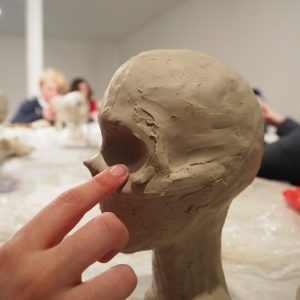 In this post we concentrate on developing the shape of the cranium and forehead, the structure of the eye sockets, cheekbones, jaws and teeth.Referring to anatomical drawings or to a model of a skull will help students begin to see this bony underpinning to the skin and muscles of the head. Read More
In this post we concentrate on developing the shape of the cranium and forehead, the structure of the eye sockets, cheekbones, jaws and teeth.Referring to anatomical drawings or to a model of a skull will help students begin to see this bony underpinning to the skin and muscles of the head. Read More
Part Four – Features
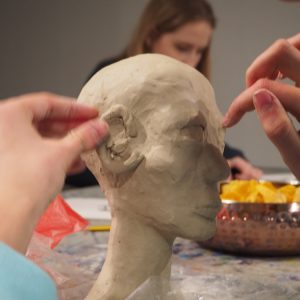 We look at how to form the features: eyes, ears, mouth. We look at ways to finish and embellish the form using hair, clothing or inventing horns. In the class we talked about how the muscles attach to the bones, and how the skin smoothes over the surfaces. Read More
We look at how to form the features: eyes, ears, mouth. We look at ways to finish and embellish the form using hair, clothing or inventing horns. In the class we talked about how the muscles attach to the bones, and how the skin smoothes over the surfaces. Read More
